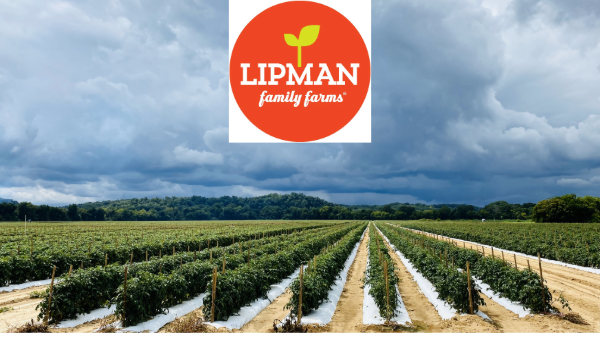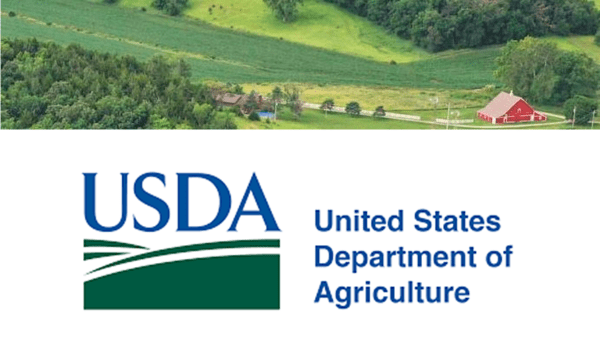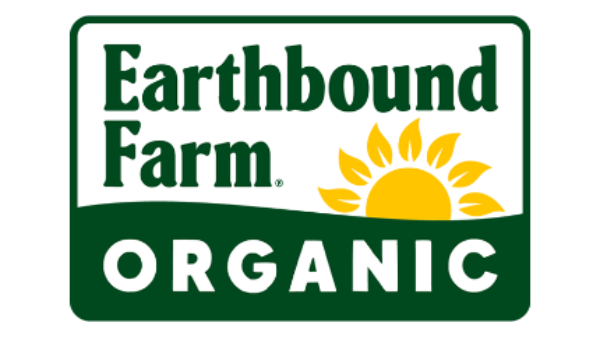Welcome to Blue Book!
Are you ready to join the thousands of companies who rely on Blue Book to drive smarter decisions? View our plans and get started today!
Still have questions? We’d love to show you what Blue Book can do for you. Drop us a line– we’ve been waiting for you.

Geographically Speaking
While you wouldn’t know it by the nip in the winter air, the city of Toronto is at the same Northern latitude as the French Riviera. Yet what may be missing in luxury beaches is more than made up in metropolitan flair. With a major downtown and an ethnically diverse population of 2.7 million, more people live in Toronto than Canada’s four Atlantic provinces combined.
Provincially speaking, Ontario has 13.5 million inhabitants, with the vast majority (over 11 million or roughly 86 percent) as urban dwellers. This is in stark contrast to 1851’s total population of 952,000 people, when 86 percent lived in rural areas with only 14 percent as urbanites. Part of this shift in lifestyle revolves around the sparkling city by the lake, Toronto, also known as the Queen City or La ville reine.
Canada’s largest city, Toronto is located in the southern foot of the province bordering New York via Lake Ontario. It is proximal to Montreal, Pennsylvania, Ohio, and Michigan, and serving this Canadian cosmopolitan hub is a thriving and competitive produce market that includes the Ontario Food Terminal (OFT), seasonal field crops, and expanding greenhouse operations.
As a region, Ontario’s fruitful produce industry continues to grow along with the capital’s population. Over the past five years, Toronto suburbs have seen 14 percent growth while the city itself has experienced a 16 percent increase in population. The city was also host to the Canadian Produce Marketing Association’s 88th annual convention and general meeting in April, which not only completely sold out its expanded exhibitors’ space, but achieved record attendance and positive feedback.
Provincial Abundance
While Canada is a country of vast and varied landscapes, Ontario is the True North’s most productive growing region. The province is particularly well suited to vegetable production; among its top seasonally field-grown commodities are soybeans, sweet corn, potatoes, peas, beans, carrots, tomatoes, pumpkins, squash, and zucchini.
There is also an abundance of fresh fruit with grapes, apples, peaches, strawberries, and sour cherries ranking as the top five by acreage. The province is also known worldwide for its thriving greenhouse industry and bumper crops of tomatoes, peppers, and cucumbers (for more information on greenhouse commodities, see section on page 7).
As of the last census (2011), Ontario was home to almost 51,000 farms with 9 million acres of cropland (not including greenhouse acreage). While the number of farms and growers decreased moderately over the past 15 years, along with a reduction in pastureland, the average size has increased, as have the acres of cropland. Efficiency and high-tech gadgetry also continue to help Ontario growers produce a steady stream of fruit and vegetables despite weather hardships—temperatures too warm too early or too cold too late—that can severely damage crops.
Despite losses in apples and other soft fruit earlier in the year, most Ontario growers are optimistic 2013 would prove a good year. This is equally important to wholesalers in the United States, especially along the East Coast, that rely on Canadian exports to supply restaurants, retailers, and ultimately consumers. Annual exports of vegetables were up 3 percent in 2012 to CAD$932 million while exports of fruits and nuts soared almost 20 percent to CAD$195 million. The same categories saw increases in imports of 2.5 percent and 6 percent respectively.








